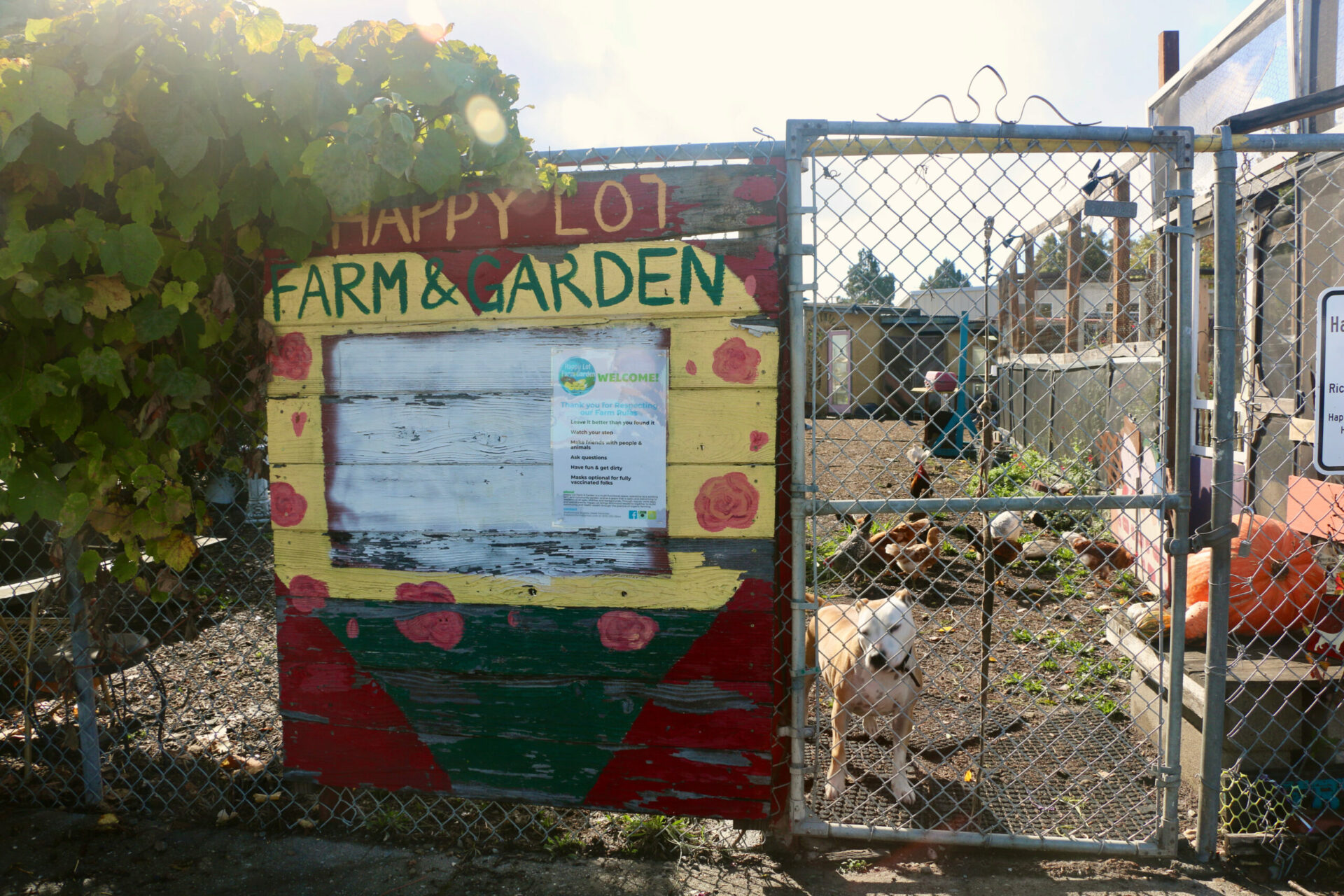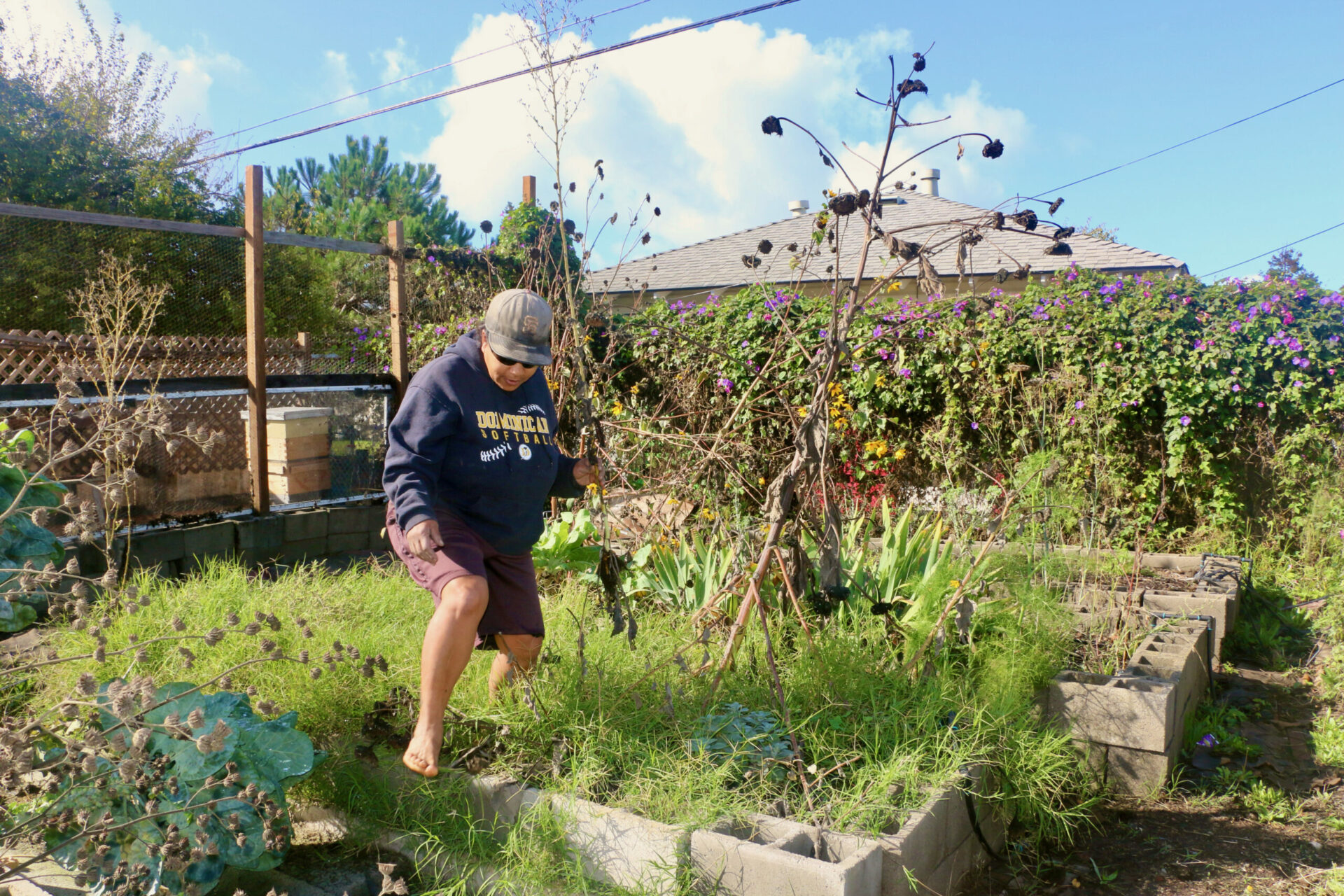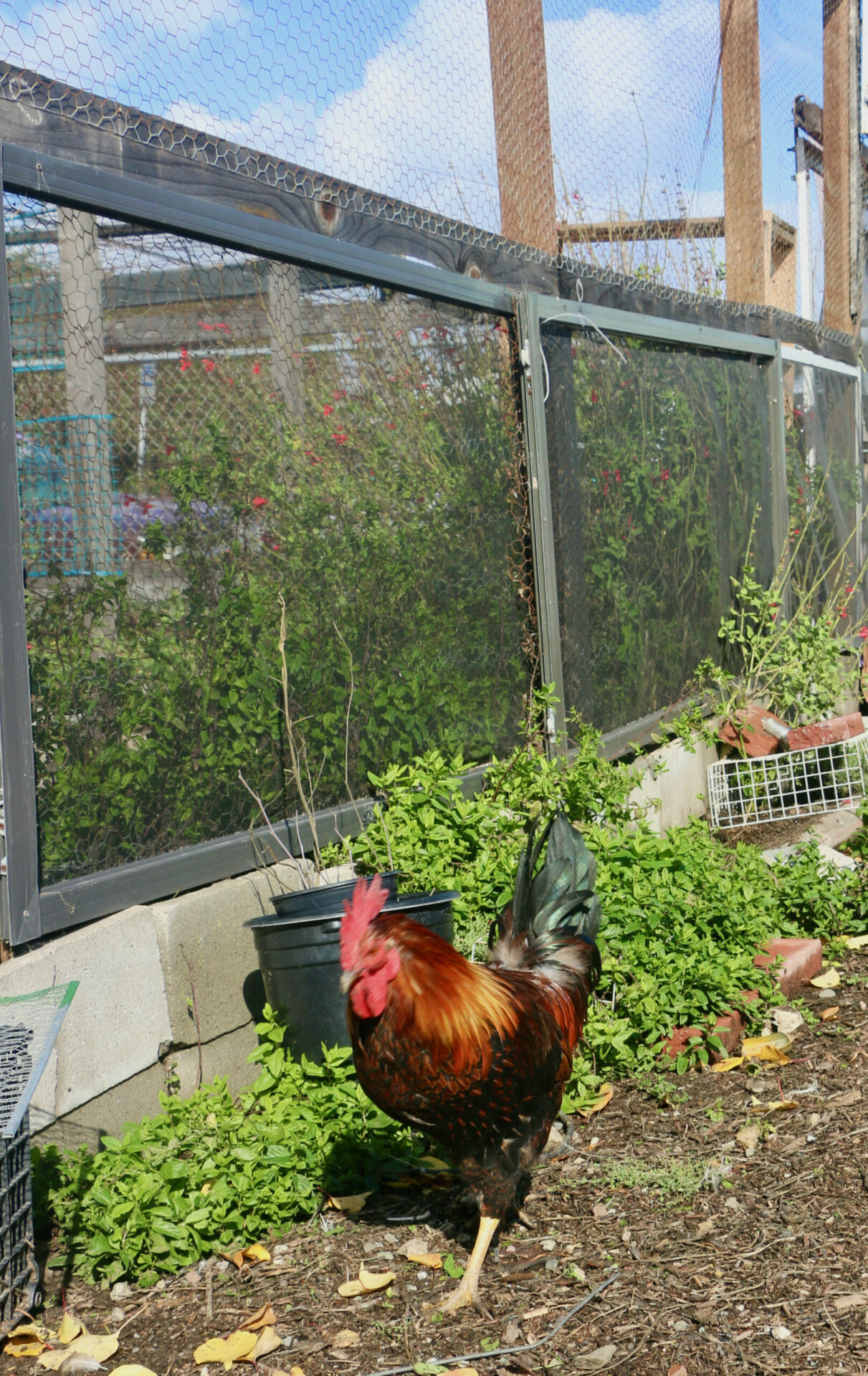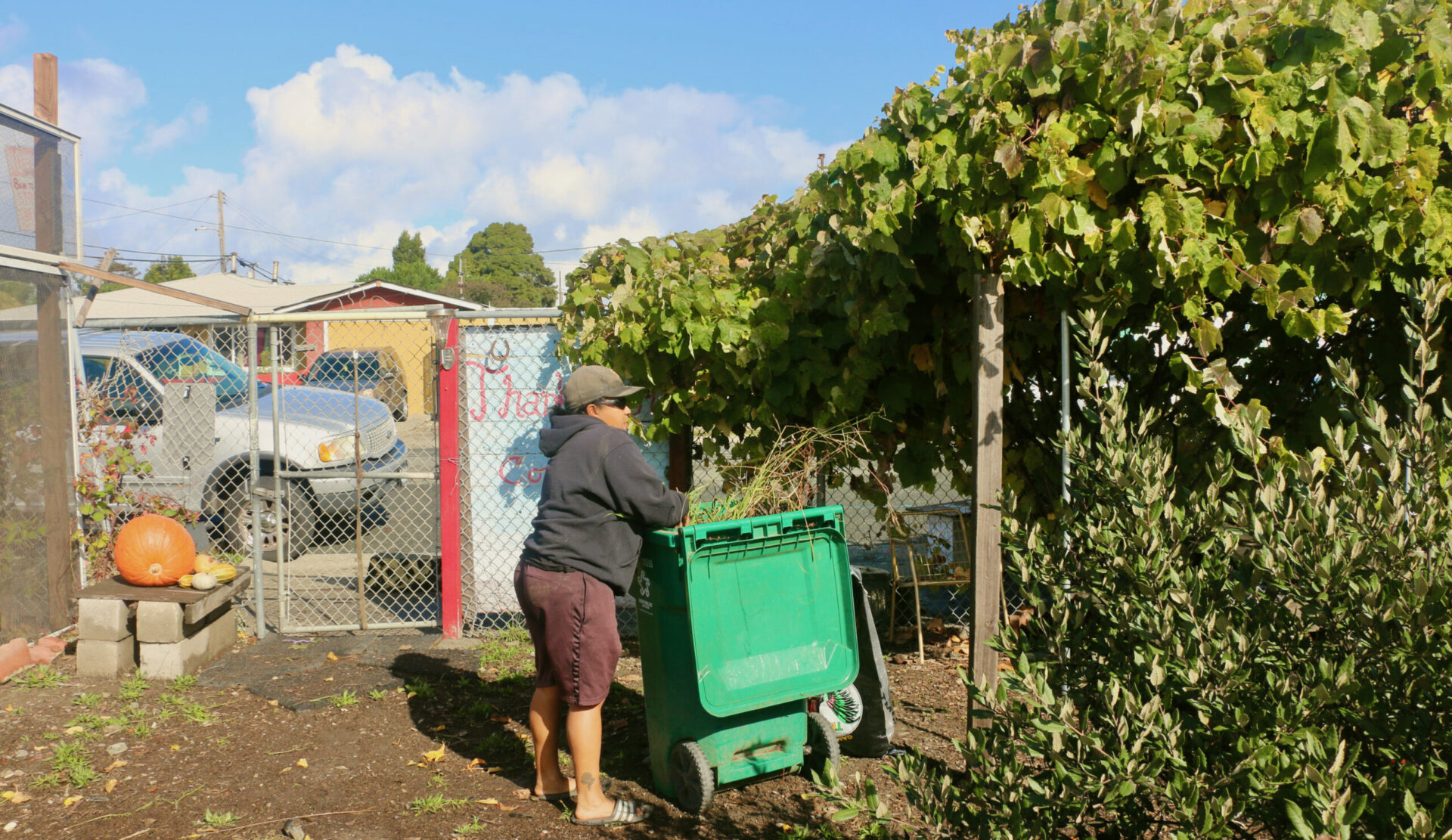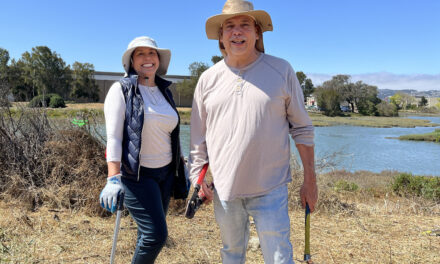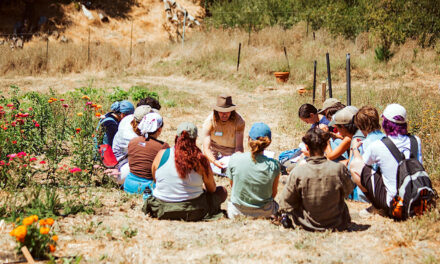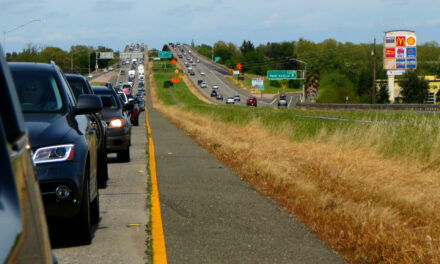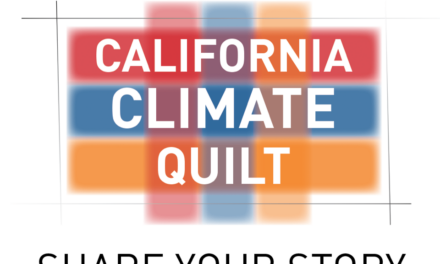Nestled between sidewalks and cars of many colors sits Happy Lot Farm and Garden on the corner of 1st Street and Chanslor Avenue in the town of Richmond, California. Happy Lot, a sprawling community farm, houses chickens, ducks, an orchard, and the occasional hawk.
Andromeda Brooks started this farm in 2012 after she noticed the lot was bustling with promise and vegetation.
“I was tired of seeing an empty lot,” says Brooks.
The location is one block east of the Iron Triangle and was once a spot for dumping the trash. Now, an entire community can participate in urban farming steps away from their front door.
However, back in December 2020, Brooks received a call from a fellow neighbor letting her know that the lot was in danger.
In 2019, Governor Newsom signed AB 1486 into law which connects developers interested in building more affordable homes with surplus public land suitable for housing. In the Bay Area, the housing crisis is nothing new. Using public land to create affordable housing is a step towards solving the crisis. However, taking Happy Lot Farm and Gardens land to service one need would also be squandering another need, in this case, urban farming in food deserts.
This wouldn’t be a problem except for the sponsor of Happy Lot never filed any formal paperwork claiming the land in 2012.
“We’re squatting essentially, but we like to call it guerilla gardening,” says Brooks. “We’ve taken over a piece of property and made it better.”
While the new law suggests she should turn the empty parcel over to the state, Brooks wants to make sure the city and the state understand the consequences for the community.
She started a petition and has been in talks with local council members about stopping the relocation of the farm.
Urban farming has been on the rise across the country; it has grown by 30% in the last 30 years. Despite the rise in interest, communities around urban farms don’t always know that much about agriculture.
However, Brooks has been around farms and animals since she was a child. It is one of the main reasons why she started this farm and continues to help educate the community on farming.
Alicia Gallo, a longtime volunteer and resident of Richmond, vividly remembers the conception of the farm.
“I’ve seen it go from a dead space to a green space,” says Gallo.
In recent years, Happy Lot has evolved into a space where the community can grow food and connect with each other, which is why the thought of it being destroyed for housing is a daunting future.
“I really hope the city recognizes the value of this space,” says Gallo. “And the immense contribution that Andromeda has personally [made] to the community where no one else is doing that work.”
Photo: Brittany Zendejas
Though the farm work decreased during the pandemic, once social distancing restrictions were lifted, neighbors have been coming from near and far to this community hub.
Happy Lot often hosts weekly pre-kindergarten groups on Wednesdays where the children learn about planting and how to care for the farm animals.
“Happy Lot is based on working with what you’ve got and making it better,” says Brooks.
With the occasional chicken running around or splashing of a duck, Happy Lot Farm and Garden is a bustling haven of fresh vegetables and nature in a concrete city. Only 39% of Richmond is within the Richmond Agricultural Reserve which services the entire city.
In a 2015 report by The U.S Department of Agricultural Health, 39.4 million people have both low income and low access to food. The importance of urban farming is essential to getting communities closer to the food they’re consuming while also having access to it and they also reduce the “urban heat island effect”.
“We’re just trying to show to the city of Richmond that what we have here is a good thing and to please entrust the land to the project so we can keep going forward,” says Brooks.






